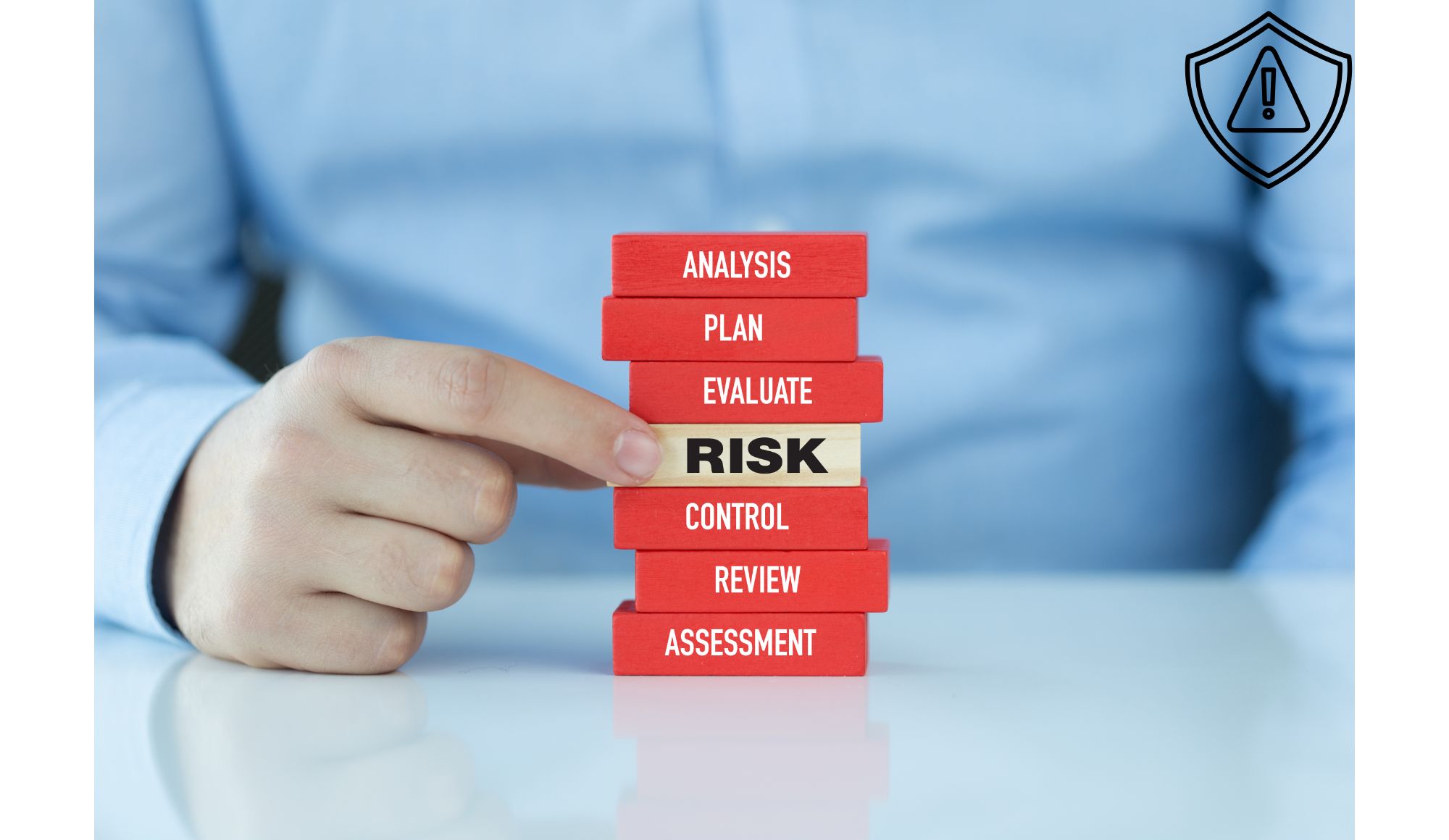Can Ray Dalio’s All-Weather Blueprint Shield Your Portfolio?
When storms hit the financial markets, most investors scramble for cover. But what if you could build a portfolio designed to weather any storm, one that doesn’t flinch when stocks sink, inflation spikes, or economic growth stalls?
That was the question billionaire Ray Dalio sought to answer when he created his now-famous All Weather portfolio, a strategy born from decades of market study and shaped by the brutal realities of economic history.
With markets on edge again thanks to a blend of tariff talk, interest rate whiplash, and geopolitical uncertainty, is it time to revisit what made this strategy so appealing in the first place?
Key Points
-
Dalio’s All Weather portfolio is built to perform in any economic environment by diversifying across stocks, bonds, gold, and commodities.
-
The ALLW ETF brings this strategy to retail investors, currently positioned defensively amid market uncertainty.
-
It lags in bull markets but excels in turmoil, making it a smart choice for investors focused on capital preservation.
Why Dalio Built a Storm-Proof Portfolio
Dalio’s story isn’t just one of hedge fund success. From advising McDonald’s on hedging chicken prices in the 1980s to navigating the fallout from Nixon’s gold standard exit, Dalio has always believed that understanding how markets behave in different environments is the key to investing wisely.
That’s the foundation of the All Weather strategy. Rather than betting big on one outcome, it allocates across assets that are expected to perform in radically different economic conditions.
Here’s a simplified version of the classic allocation:
-
30% equities (to capture growth when the economy is strong)
-
40% long-term U.S. Treasury bonds (to shine during deflation or stock market stress)
-
15% intermediate-term bonds
-
7.5% gold (a hedge against inflation and currency risk)
-
7.5% diversified commodities (for when inflation is high)
The goal? A portfolio that holds up well regardless of whether we’re entering boom times or a recession.
What’s Inside the All Weather ETF?
To bring this idea to retail investors, Dalio partnered with State Street to launch the SPDR Bridgewater All Weather ETF (ticker: ALLW).
It’s actively managed, meaning the team adjusts holdings based on what they see on the horizon, something that can be both a strength and a cost, since it comes with higher fees than index-tracking funds.
As of early April, the ETF looked more defensive than usual:
-
37% in a government money market fund
-
13% in the S&P 500 via an ETF
-
5% in Treasury bills
-
4% in emerging markets
-
Plus exposure to gold futures and various currencies
This shift toward cash and low-volatility assets suggests the fund is bracing for more turbulence. The core idea, however, remains: balance risk across environments so no single economic outcome ruins the portfolio.
When the All Weather Strategy Shines & When It Doesn’t
History offers some validation. Dalio’s strategy outperformed during the stagflation of the 1970s and again in the early 2000s, a decade that included the dot-com bust and the financial crisis.
Why? Because those periods crushed stocks while inflation, interest rates, and commodities swung wildly. The All Weather approach thrives in chaos.
But here’s the catch, in bull markets, it lags.
Over the last five years when tech stocks boomed and the S&P 500 posted double-digit gains the strategy underperformed. That’s not a bug. It’s the price of playing defense when the sun is shining.
Should You Go All Weather Now?
If you’re close to retirement, preserving wealth might matter more than chasing returns. All Weather offers built-in protection, potentially making it a great fit.
If you’re early in your career and can handle market dips, leaning into equities could deliver better long-term results.
The real value of Dalio’s All Weather strategy isn’t just in its performance history. It’s the mindset behind it: build a portfolio that survives, not just thrives.
With tariff threats, geopolitical tensions, and central banks pulling in different directions, that mindset might be more relevant than ever.



